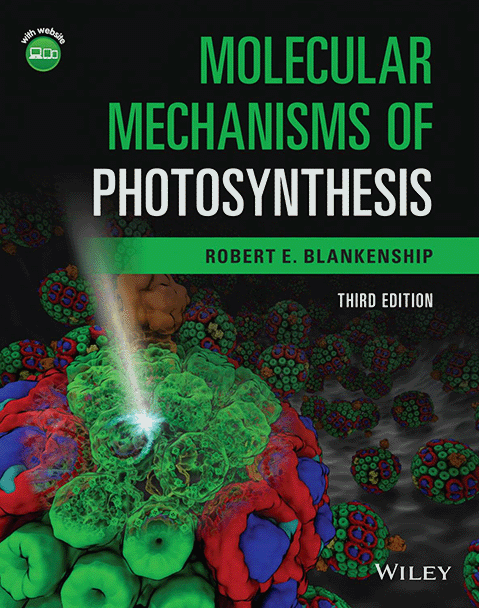Highlights of our Work
2025 | 2024 | 2023 | 2022 | 2021 | 2020 | 2019 | 2018 | 2017 | 2016 | 2015 | 2014 | 2013 | 2012 | 2011 | 2010 | 2009 | 2008 | 2007 | 2006 | 2005 | 2004 | 2003 | 2002 | 2001
Paraphrasing Douglas Adams, cells are "big ... vastly, hugely, mind-bogglingly big"
—
especially when looked at it in atomistic detail. Telling the story of a cellular process often requires a multitude of scales, spanning electronic, atomic, protein, and organelle sized structures before integrating them into an entire cell. The story of how light powers life is one such story
—
in fact, the oldest story of humanity, now retold in a multi-scale atoms-to-cell computational model built upon a decade-long experimental collaboration.
Visualization of such cell-scale models is recently made possible by the addition of instancing support for molecules into VMD.
The new VMD instancing feature permits molecular scientists to create an arbitrary number of graphical copies or instances of user-selected molecular components, proteins, or entire complexes, thereby facilitating cell-scale visualization. The set of instances to be visualized are described by assigning a set of transformation matrices and graphical representations that VMD uses to the complete visualization.
VMD's instancing capabilities are illustrated in the cover design of
Molecular Mechanisms of Photosynthesis
(Wiley, 2021)
by
Robert Blankenship.
The structural model
employed for the cover is that of a low light adapted
Rba. sphaeroides cell featuring 985 chromatophores
with a radial distribution consistent with cryoEM tomography.
Combined with
award winning advances in multi-scale simulation techniques,
these visualization methods enable the quantification of cellular processes
from individual atoms to organizing principles.




